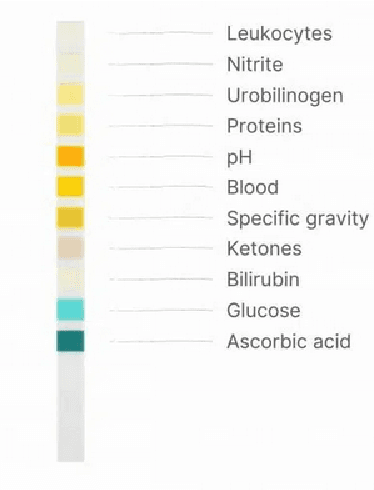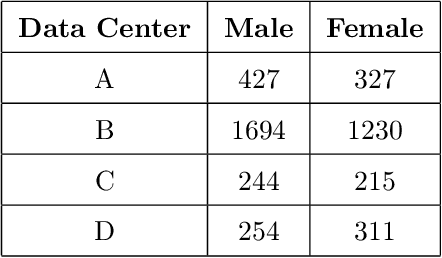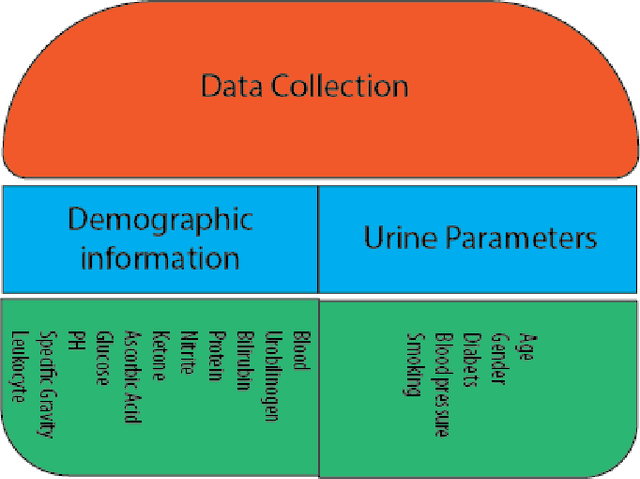Abdalsamad Keramatfar
An Ensemble Machine Learning Approach for Screening Covid-19 based on Urine Parameters
Nov 03, 2023



Abstract:The rapid spread of COVID-19 and the emergence of new variants underscore the importance of effective screening measures. Rapid diagnosis and subsequent quarantine of infected individuals can prevent further spread of the virus in society. While PCR tests are the gold standard for COVID-19 diagnosis, they are costly and time-consuming. In contrast, urine test strips are an inexpensive, non-invasive, and rapidly obtainable screening method that can provide important information about a patient's health status. In this study, we collected a new dataset and used the RGB (Red Green Blue) color space of urine test strips parameters to detect the health status of individuals. To improve the accuracy of our model, we converted the RGB space to 10 additional color spaces. After evaluating four different machine learning models, we proposed a new ensemble model based on a multi-layer perceptron neural network. Although the initial results were not strong, we were able to improve the model's screening performance for COVID-19 by removing uncertain regions of the model space. Ultimately, our model achieved a screening accuracy of 80% based on urine parameters. Our results suggest that urine test strips can be a useful tool for COVID-19 screening, particularly in resource-constrained settings where PCR testing may not be feasible. Further research is needed to validate our findings and explore the potential role of urine test strips in COVID-19 diagnosis and management.
Using ChatGPT as a Static Application Security Testing Tool
Aug 28, 2023Abstract:In recent years, artificial intelligence has had a conspicuous growth in almost every aspect of life. One of the most applicable areas is security code review, in which a lot of AI-based tools and approaches have been proposed. Recently, ChatGPT has caught a huge amount of attention with its remarkable performance in following instructions and providing a detailed response. Regarding the similarities between natural language and code, in this paper, we study the feasibility of using ChatGPT for vulnerability detection in Python source code. Toward this goal, we feed an appropriate prompt along with vulnerable data to ChatGPT and compare its results on two datasets with the results of three widely used Static Application Security Testing tools (Bandit, Semgrep and SonarQube). We implement different kinds of experiments with ChatGPT and the results indicate that ChatGPT reduces the false positive and false negative rates and has the potential to be used for Python source code vulnerability detection.
Graph Neural Networks: a bibliometrics overview
Jan 03, 2022



Abstract:Recently, graph neural networks have become a hot topic in machine learning community. This paper presents a Scopus based bibliometric overview of the GNNs research since 2004, when GNN papers were first published. The study aims to evaluate GNN research trend, both quantitatively and qualitatively. We provide the trend of research, distribution of subjects, active and influential authors and institutions, sources of publications, most cited documents, and hot topics. Our investigations reveal that the most frequent subject categories in this field are computer science, engineering, telecommunications, linguistics, operations research and management science, information science and library science, business and economics, automation and control systems, robotics, and social sciences. In addition, the most active source of GNN publications is Lecture Notes in Computer Science. The most prolific or impactful institutions are found in the United States, China, and Canada. We also provide must read papers and future directions. Finally, the application of graph convolutional networks and attention mechanism are now among hot topics of GNN research.
 Add to Chrome
Add to Chrome Add to Firefox
Add to Firefox Add to Edge
Add to Edge